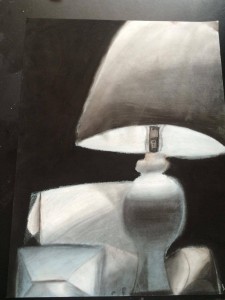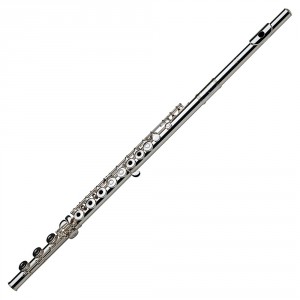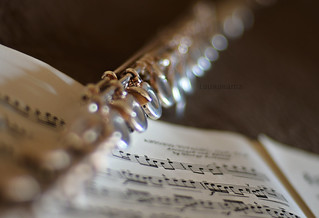The photograph that I took captures a moment in which two Civil Rights protestors are being constricted to a corner, more specifically students of the SNCC within Southern Carolina. The slogan seen in the poster ‘We Shall Overcome’ was considered the anthem of the Civil Rights Movement ; as it was adapted from the struggles of the labor movements and brought to a rally for the SNCC in South Carolina, from which it spread. The scene depcited in the photo is particulary showing a scene where the two students dressed in all black, to show solidarity, are being forced away and silenced against a corner in the midst of their protests. It is an action shot, expressing the chaos in the moment as the viewer can make out a sort of stick or baton (representation of the police and their violent approach to black protestors), which alludes the possibility of violence to come upon the individuals in this scene. The woman in the foreground is clearly holding up her hands in a show of compliance and fear to the person behind the baton. This is in contrast with her counterpart, as he is still standing resolute holding the sign ‘We Shall Overcome’ in defiance of the authority they are both facing. The photo was taken against a wall and in an enclosed space to show the attempt made by white supremacists and those in support of segregation and discrimination, to silence the voices which were against their ideals of ‘seperate but equal’. The image is from a bird’s eye view, to show the perspective of those protesting from a policeman, or even a white man’s place symbolizing their authority and power, thus the reason for why the camera is looming above the two people. Furthermore, it is in black and white so to fit with the time frame (1960’s) , as well as sets a somber tone signifying to the viewer the message behind the picture………..
The SNCC embraced non violent approaches while advocating for their rights and for a change. Their refusal to fight back the forces opposing them brought national attention with which they were able to showcase their efforts on a larger scale. The SNCC’s emergence as a force in the southern civil rights movement came largely through the involvement of students in the 1961 Freedom Rides. The Congress of Racial Equality initially sponsored the Freedom Rides that began in May 1961, but segregationists viciously attacked riders traveling through Alabama. By the time the Interstate Commerce Commission began enforcing the ruling mandating equal treatment in interstate travel in November 1961, SNCC was immersed in voter registration efforts in McComb, Mississippi, and a desegregation campaign in Albany, Georgia, known as the Albany Movement. Continuing to advocate and fight for the overturning of segregation in the South and giving young African Americans a stronger voice in the civil rights movement in America.



